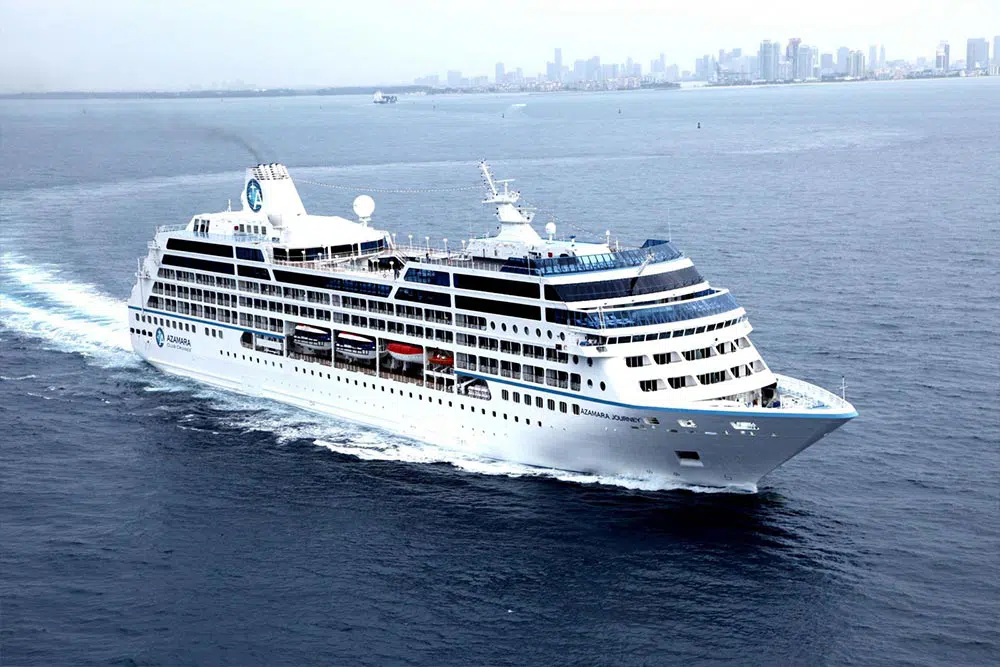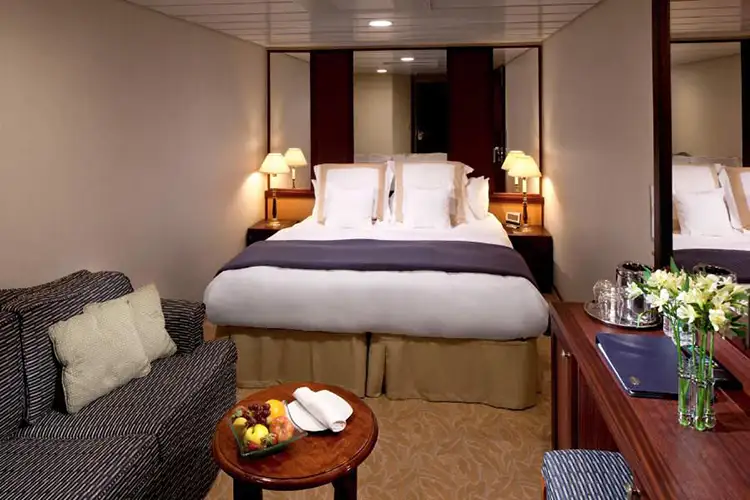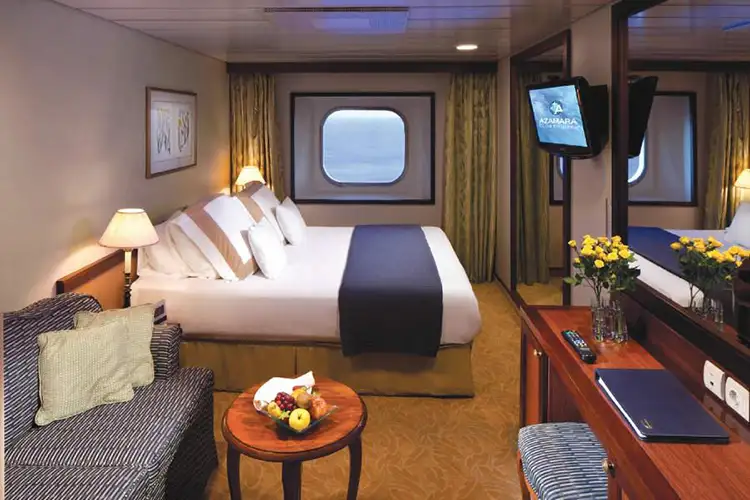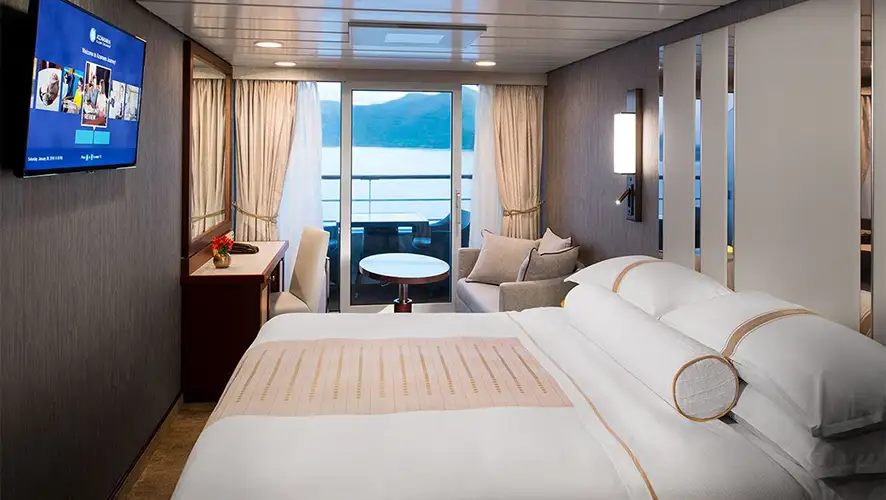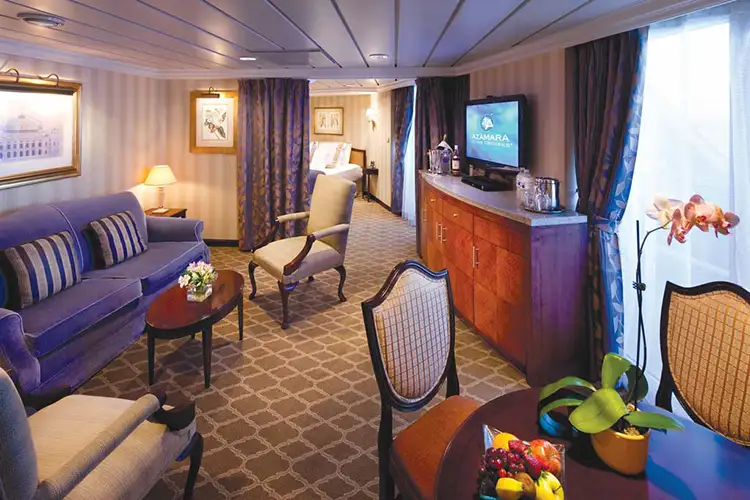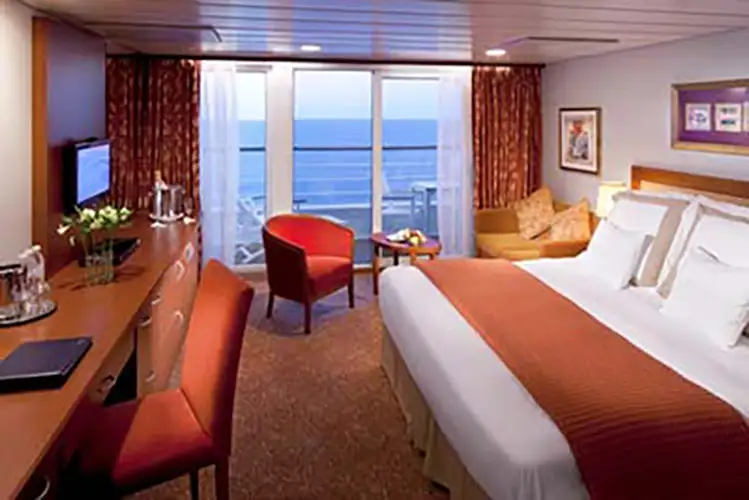Azamara Northern Europe: 10 nights from Portsmouth (USA) with Azamara Journey
Sep 6, 2025
United States, France
Cruise itinerary
Departure Port: Portsmouth (USA) ➞
Landing: Bordeaux
-
Saturday, September 6, 2025 - 6:00 PMPortsmouth (USA)
-
Sunday, September 7, 2025 3:00 PM - not foundRouen
-
Monday, September 8, 2025 not found - not foundRouen
-
Tuesday, September 9, 2025 not found - 7:30 PMRouen
-
Wednesday, September 10, 2025 2:00 AM - 10:00 PMHonfleur
-
Thursday, September 11, 2025 8:00 AM - 11:00 PMCherbourg
-
Friday, September 12, 2025 8:00 AM - 7:30 PMSt Malo
-
Saturday, September 13, 2025 8:00 AM - 4:00 PMBrest
-
Sunday, September 14, 2025 11:30 AM - 9:00 PMLa Rochelle
-
Monday, September 15, 2025 2:30 PM - not foundBordeaux
-
Tuesday, September 16, 2025 7:00 AMBordeaux
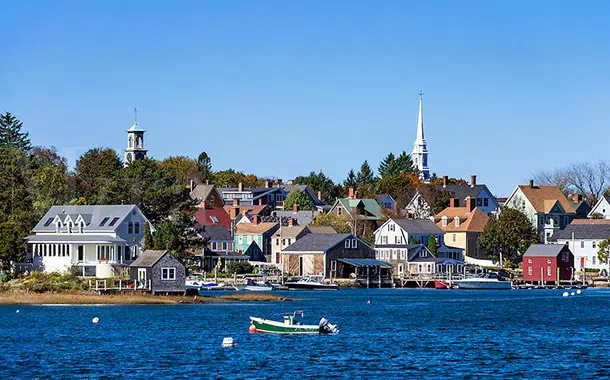
Portsmouth (USA)
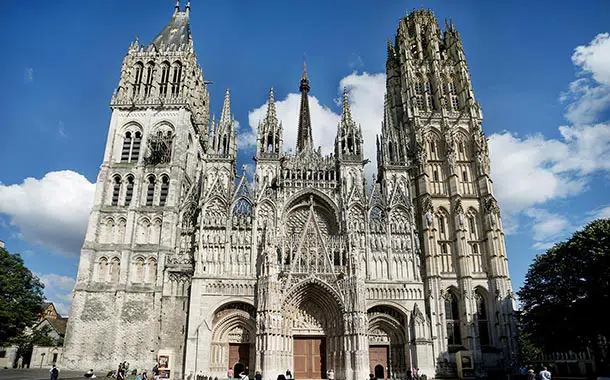
Rouen

Rouen

Rouen
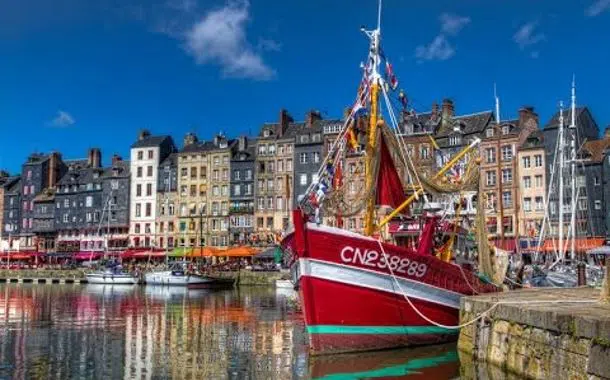
Honfleur
Honfleur is a French city situated in the low Normandy. In the past, the city has been Norman, English and French property and had an economic boom at the end of the Hundred Years’ War. In the XVII Century, the city became rich thanks to the commercial relationships with Canad, Antilles, Africa and Azores and became one of the main ports for the slave trade.
One of the most characteristic aspects of the city are the houses fronting onto the Seine, so that it feels like you’re looking at an Impressionist painting. It is not a case that great artists, such as Monet, Courbet and Boudin, chose Honfleur as the place where to find inspiration for their artistic production.
The cultural and architectural heritage includes churches and museums, such as the Musée de Vieux Honfleur, where ventures of local travellers are collected, or the Eugène Boudin Museum, where you can find paintings by local artists dated back to XIX and XX Centuries.
Honfleur is a liveable city and, in its alleys and cobblestone streets, holds a one-of-a-kind allure.
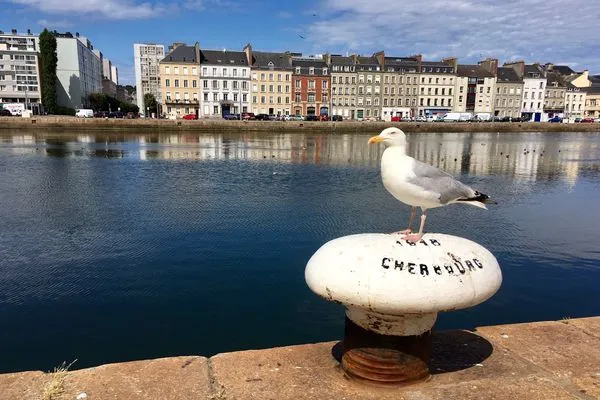
Cherbourg

St Malo
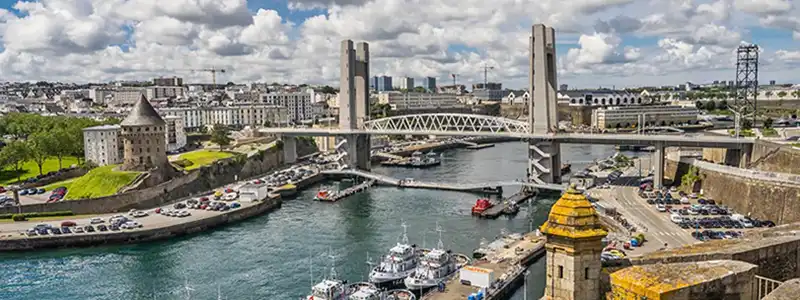
Brest
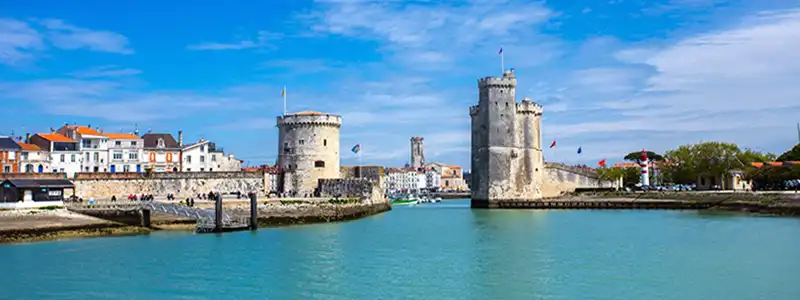
La Rochelle
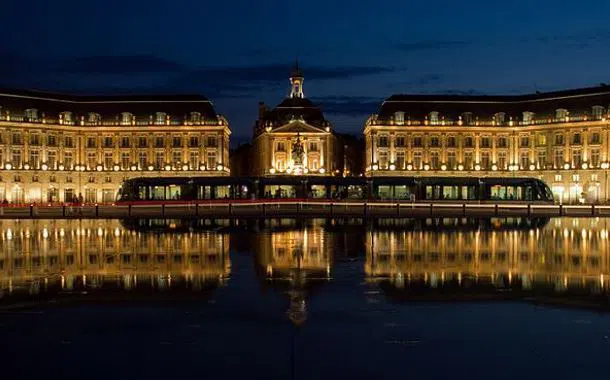
Bordeaux
Bordeaux is city on the Atlantic Ocean and its port hosts big ships. The city had initially the name Burdigala and was established in III Century B.C. by the Gallic people.
It was a neuralgic centre for the International commerce of tin and lead. After the arrival of the Romans, Bordeaux becomes one of the richest cities of Gallia and is robbed many times by populations such as Visigoths and Vandals. With the passing of time, the City starts economic relationships with England trading in salt and wine and, in XVI Century, also the colonial sugar and slaves start having a leading role in the sustenance of the city.
Bordeaux has a liveable city centre that can be visited by foot and that offers beautiful attractions and energy. At night, the city get crowded with young people filling up the main squares and the bars where you can taste excellent wines and plunge in the romantic atmosphere that the city assumes after the sunset. You can’t miss out Château de la Brède, a gothic style castle dated back to XIV Century, surrounded by a moat and an English garden. The philosopher Montesquieu lived here and tourists can visit his library and his bedroom that are just like they were in XIX Century.
We suggest to visit also the beautiful Saint Eloi Church. Established in XII Century, the construction and renovation works lasted until 1400’s. The current structure is dated back to this period. The church is one of the stop-overs of Santiago de Compostela walking tour and is part of UNESCO World Heritage. Bordeaux offers a wide variety of gastronomic and wine choices. There are many restaurants and bars where you can taste the best wines on the market and an amazing cuisine.

Bordeaux
Bordeaux is city on the Atlantic Ocean and its port hosts big ships. The city had initially the name Burdigala and was established in III Century B.C. by the Gallic people.
It was a neuralgic centre for the International commerce of tin and lead. After the arrival of the Romans, Bordeaux becomes one of the richest cities of Gallia and is robbed many times by populations such as Visigoths and Vandals. With the passing of time, the City starts economic relationships with England trading in salt and wine and, in XVI Century, also the colonial sugar and slaves start having a leading role in the sustenance of the city.
Bordeaux has a liveable city centre that can be visited by foot and that offers beautiful attractions and energy. At night, the city get crowded with young people filling up the main squares and the bars where you can taste excellent wines and plunge in the romantic atmosphere that the city assumes after the sunset. You can’t miss out Château de la Brède, a gothic style castle dated back to XIV Century, surrounded by a moat and an English garden. The philosopher Montesquieu lived here and tourists can visit his library and his bedroom that are just like they were in XIX Century.
We suggest to visit also the beautiful Saint Eloi Church. Established in XII Century, the construction and renovation works lasted until 1400’s. The current structure is dated back to this period. The church is one of the stop-overs of Santiago de Compostela walking tour and is part of UNESCO World Heritage. Bordeaux offers a wide variety of gastronomic and wine choices. There are many restaurants and bars where you can taste the best wines on the market and an amazing cuisine.
